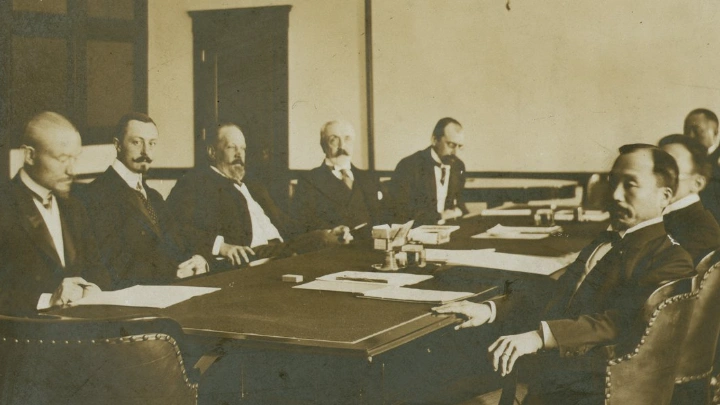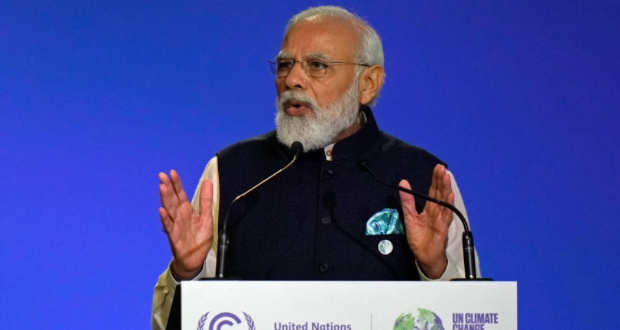Yet, any negotiation strategy and approach must consider the reality of war termination and how modern interstate wars end. Surveying data on modern conflict and major studies suggests that the next administration should pivot and frame negotiations from a position of strength that guarantees military support and signals a willingness to remove restrictions on Ukrainian deep strikes. Negotiating an end to war is a coercive bargain and the Kremlin needs to understand the costs and consequences of perpetuating its unjust invasion.
First, any strategy to negotiate an end to the war in Ukraine must start with surveying data on how wars end in the twenty-first century. Based on analyzing data from the Uppsala Conflict Data Program, conflicts often don’t end as much as decline to lower levels of violence. Forty percent of all wars end without a formal agreement and sixty-six percent of all wars end in some compromise ranging from a stalemate or a formal ceasefire and/or a peace agreement. Looking specifically at interstate wars, the same pattern holds. Only 30 percent of wars between states end with a victory by either side. Even when there are higher-intensity wars, such as the conflict in Ukraine, that see thousands of deaths per year, compromise and stalemates are the most common outcome with 54 percent of conflicts ending in either lower activity, a ceasefire, or a peace agreement.
What does this mean for Ukraine? Thirty-one percent of high intensity interstate wars end in a stalemate under ceasefire agreements, which halts large-scale violence but leaves underlying disputes unresolved. This trend underscores the probability of a “frozen conflict” for Ukraine, where active hostilities might subside without a formal peace, potentially stabilizing frontlines but leaving the core conflict unresolved. As a result, the Trump administration needs to ensure it makes long-term plans for providing Ukraine the means to defend itself and deter a future conflict.




